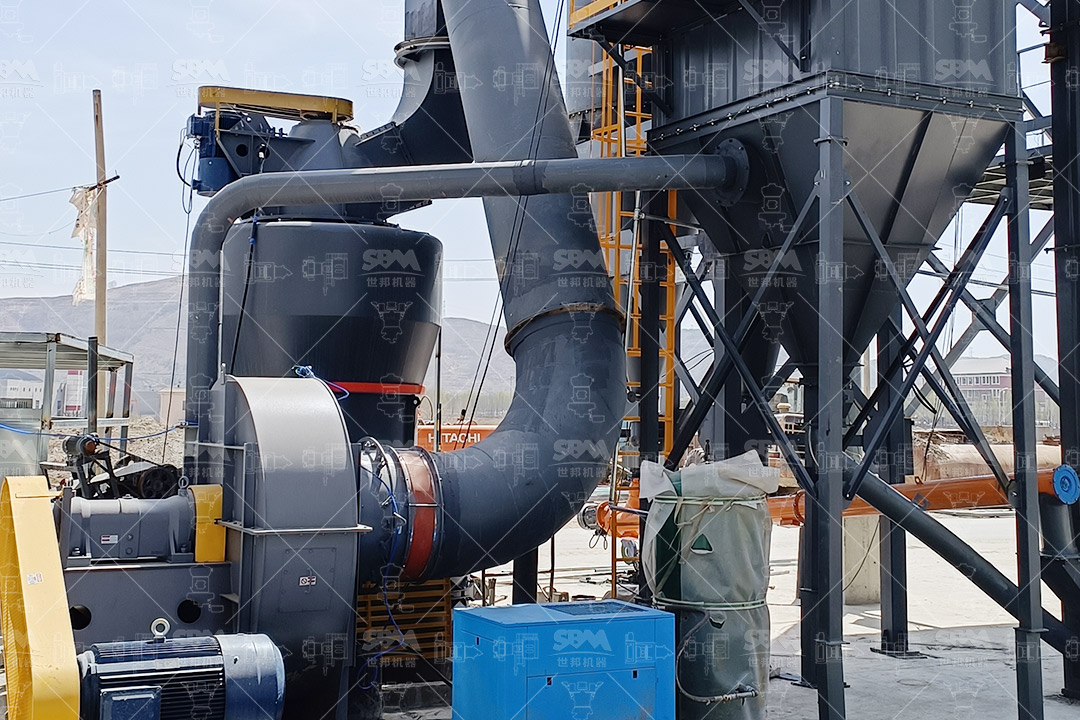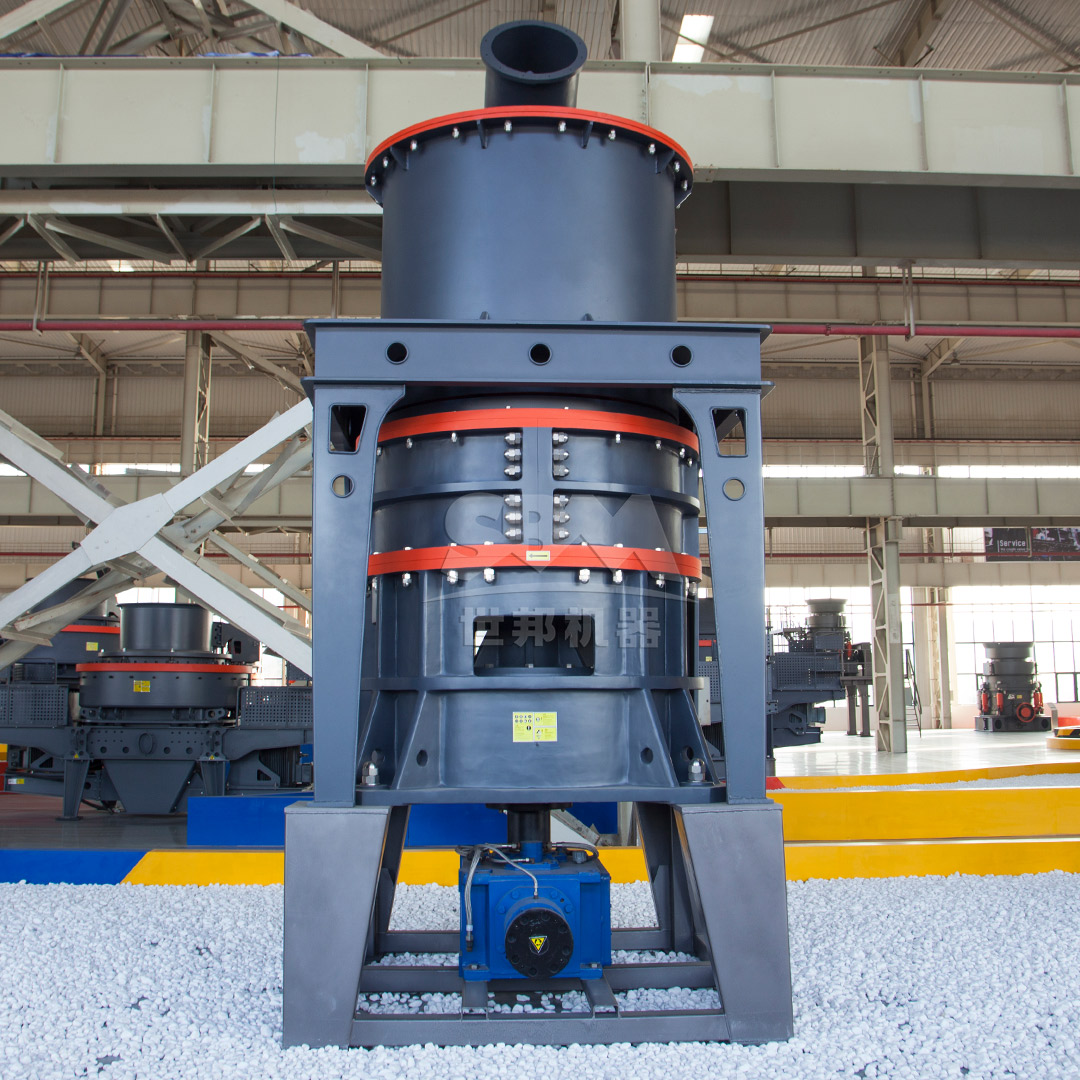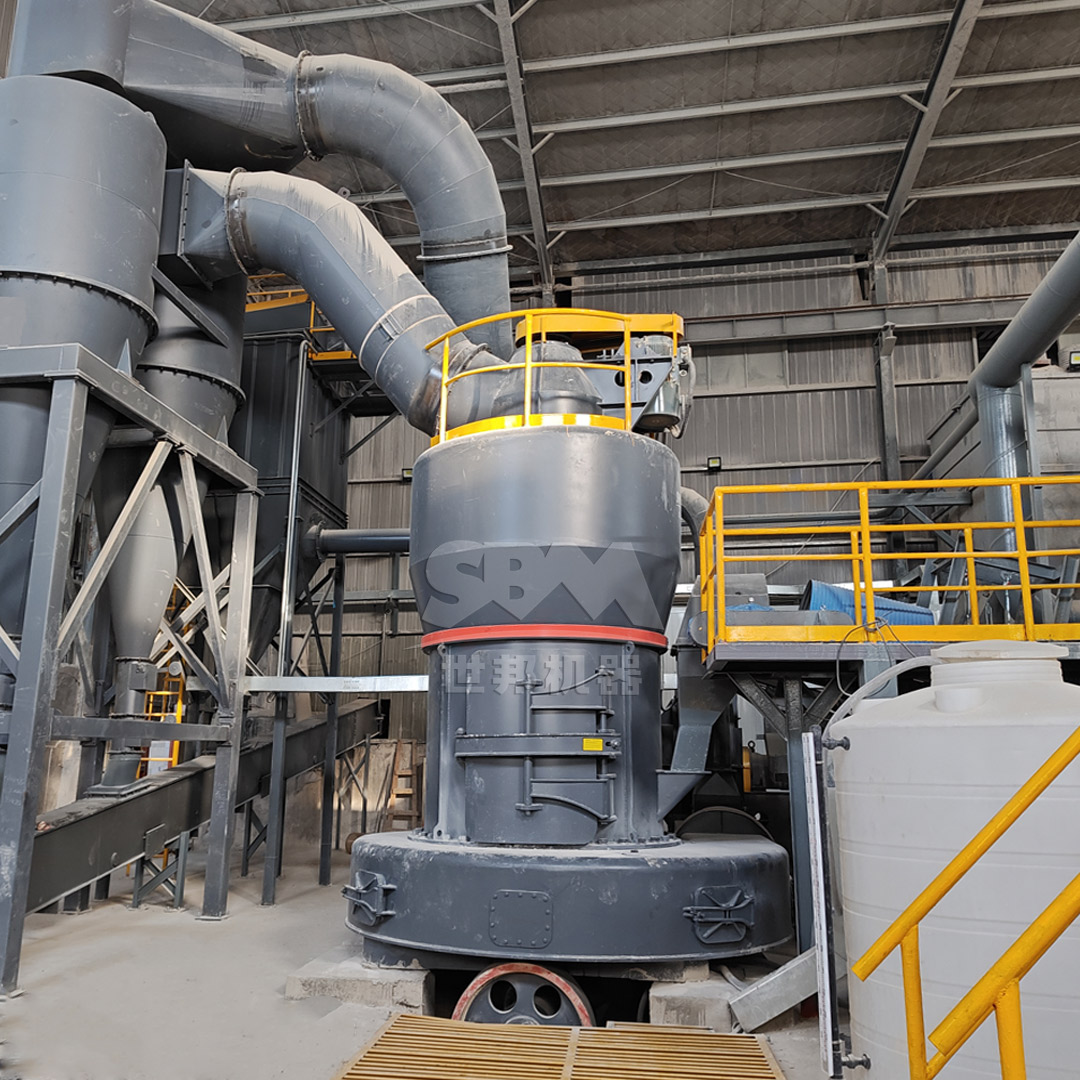Barite, also known as baryte, is a mineral composed of barium sulfate (BaSO4). It is primarily used as a weighting agent in drilling fluids for oil and gas exploration, accounting for approximately 80-90% of global consumption. The remaining applications include filler in paint, plastics, and rubber, radiation shielding, and medical contrast media. The quality requirements for barite vary significantly depending on the end-use, with the oil and gas industry demanding specific gravity of 4.2 or higher and controlled particle size distribution.
The processing of barite involves several stages, including crushing, grinding, classification, and sometimes chemical treatment. The grinding stage is particularly critical as it determines the final particle size distribution, which directly impacts the performance characteristics in various applications. In drilling mud applications, for instance, the particle size must be carefully controlled to prevent settling while maintaining proper viscosity and fluid loss properties.

Traditional grinding methods for barite include ball mills, Raymond mills, and high-pressure grinding rolls. However, these technologies often face limitations in energy efficiency, product fineness control, and environmental performance. Modern barite processing demands equipment that can produce consistent particle size distribution with minimal energy consumption and environmental impact.
The ideal grinding system for barite should offer:
Barite presents specific challenges in grinding due to its moderate hardness (3-3.5 on Mohs scale), high density, and tendency to generate heat during processing. These characteristics require specialized grinding equipment that can handle the material efficiently without compromising product quality or equipment longevity.
Modern grinding technology has evolved significantly to address the specific requirements of barite processing. Among the most advanced solutions available today is the SCM Ultrafine Mill, which represents a breakthrough in fine and ultrafine grinding technology.
The SCM Ultrafine Mill is specifically engineered to handle materials like barite that require precise particle size control in the fine and ultrafine range. With an output fineness ranging from 325 to 2500 mesh (D97≤5μm), this mill exceeds the requirements for most barite applications.
Key advantages of the SCM Ultrafine Mill for barite processing include:
| Model | Processing Capacity (ton/h) | Main Motor Power (kW) | Feed Size (mm) | Output Fineness (mesh) |
|---|---|---|---|---|
| SCM800 | 0.5-4.5 | 75 | 0-20 | 325-2500 |
| SCM900 | 0.8-6.5 | 90 | 0-20 | 325-2500 |
| SCM1000 | 1.0-8.5 | 132 | 0-20 | 325-2500 |
| SCM1250 | 2.5-14 | 185 | 0-20 | 325-2500 |
| SCM1680 | 5.0-25 | 315 | 0-20 | 325-2500 |

For applications requiring coarser barite products in the range of 30-325 mesh, the MTW Series Trapezium Mill offers an excellent solution. This mill combines European technology with local manufacturing to deliver superior performance in barite grinding.
Notable features of the MTW Series Trapezium Mill include:
The grinding process in modern roller mills follows a systematic approach that ensures optimal particle size reduction with minimal energy consumption. In the SCM Ultrafine Mill, the main motor drives three layers of grinding rings to rotate. Material is dispersed to the grinding path by centrifugal force, undergoes roller pressing and crushing, and is gradually ground layer by layer. The final powder collection is completed by the cyclone collector and pulse dust removal system.
This multi-stage grinding approach ensures that barite particles are reduced gradually, preventing excessive heat generation and maintaining the crystal structure that is critical for certain applications. The controlled grinding environment also prevents contamination, which is particularly important for barite used in medical and high-value industrial applications.
When compared to traditional ball mills and Raymond mills, modern roller mills offer significant advantages for barite processing:
| Parameter | Ball Mill | Raymond Mill | SCM Ultrafine Mill |
|---|---|---|---|
| Energy Consumption (kWh/t) | 45-65 | 35-50 | 25-35 |
| Minimum Particle Size (μm) | 45 | 30 | 5 |
| Noise Level (dB) | 85-105 | 80-90 | ≤75 |
| Dust Emission Control | Moderate | Good | Excellent |
| Maintenance Frequency | High | Medium | Low |
The data clearly demonstrates the superiority of modern roller mill technology, particularly in energy efficiency, environmental performance, and product quality control.
For drilling mud applications, barite must meet API specifications, including specific gravity of 4.2 or higher and controlled particle size distribution with a minimum of 97% passing through 200 mesh and 80-85% passing through 325 mesh. The SCM Ultrafine Mill consistently produces barite that exceeds these requirements, with the added benefit of being able to adjust particle size distribution to optimize mud properties for specific drilling conditions.
In paint, plastics, and rubber applications, barite functions as an extender and filler. The particle size distribution, brightness, and chemical purity are critical parameters. The precise classification system in modern roller mills ensures consistent product quality with minimal contamination, while the ability to produce ultrafine particles (down to 5μm) enables manufacturers to develop products with superior properties.

The adoption of advanced roller mill technology for barite processing delivers significant economic and environmental benefits:
Economic Advantages:
Environmental Benefits:
The barite processing industry continues to evolve, with several trends shaping equipment selection and operational practices:
Digitalization and Automation: Modern grinding mills increasingly incorporate IoT sensors and automation systems that optimize operational parameters in real-time, predict maintenance needs, and ensure consistent product quality.
Sustainability Focus: Energy efficiency and environmental performance are becoming critical selection criteria, driving adoption of advanced technologies like the SCM Ultrafine Mill that outperform traditional equipment on these parameters.
Product Diversification: As barite finds new applications in advanced materials, radiation shielding, and specialized industrial uses, the ability to produce precisely controlled particle size distributions becomes increasingly valuable.
The processing of barite has evolved significantly with advances in grinding technology. Modern roller mills, particularly the SCM Ultrafine Mill and MTW Series Trapezium Mill, offer unprecedented control over particle size distribution while delivering substantial improvements in energy efficiency, operational costs, and environmental performance. For mining and mineral exploration companies seeking to optimize their barite processing operations, investment in advanced grinding technology represents a strategic opportunity to enhance product quality, reduce costs, and strengthen competitive position in global markets.
As barite applications continue to diversify and quality requirements become more stringent, the role of advanced grinding technology will only grow in importance. Companies that embrace these technological advancements position themselves for success in an increasingly competitive and environmentally conscious global marketplace.